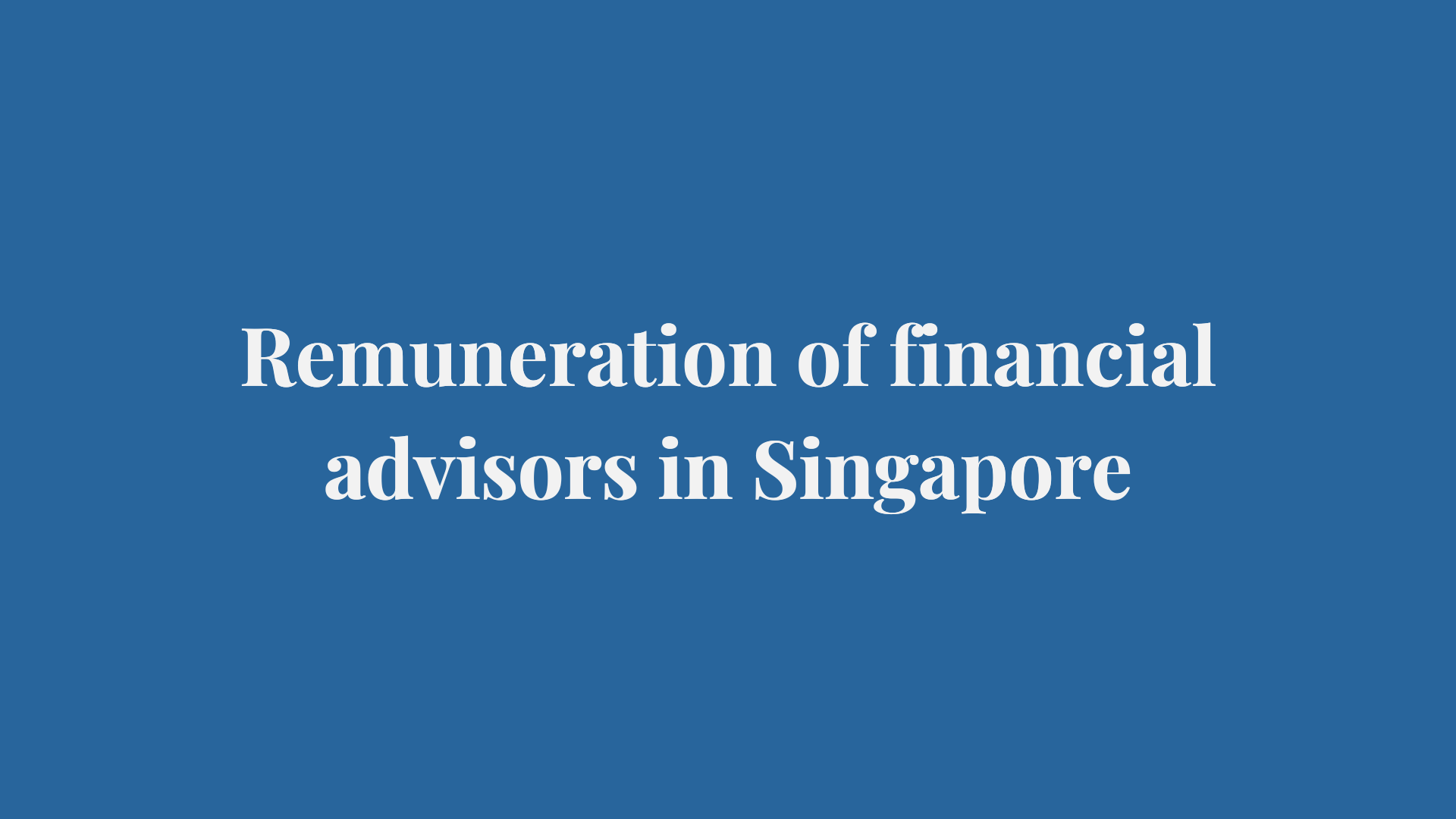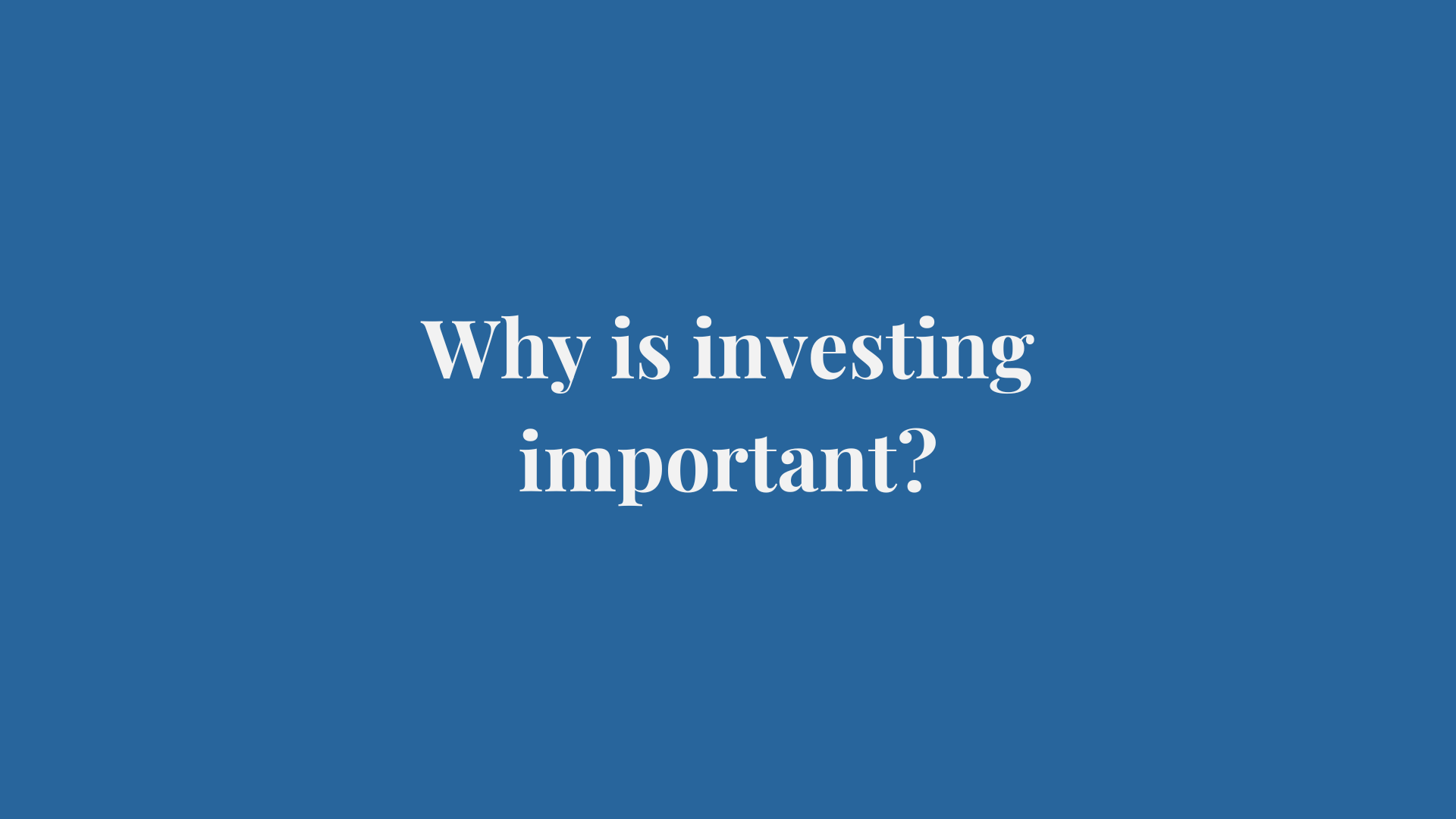Do I need to work with a financial professional for my own personal investment?
The financial markets can be daunting for both new and seasoned investors, here are 4 important questions to ask yourself before deciding if you should work with any financial professionals.
Question 1 – Should I invest?
It starts with you – “Do I see the benefits of investing?”
There are short term, low risk instruments that are able to generate higher returns with principal preservations over holding cash. Eg T-bills, Money Market investments, fixed deposits, to name a few.
There are also mid to long term investments that bring significantly higher potential returns over holding cash while taking on the risks of the financial markets. e.g. Stocks, bonds, REITs etc.
Here is an article – Why is investing important? on why we should always invest a part of our portfolio for the long term.
Question 2 – Where to invest? (Which geographical region/countries/industries?)
Your knowledge in the global investment landscape has a high correlation to the success of your investments. As investors, we should be aware of where we are investing in, how government policies and other considerations are going to affect the region in terms of economic growth, how current events may positively or negatively impact our investment decisions fundamentally in the long run.
Essentially, it comes down to your ability to identify opportunities and to know where and when to stay away.
Question 3 – How to invest? (which asset class to pick to capture opportunities and manage risk)
Understanding how each asset classes behaves in different market conditions will allow you to spot which asset classes can benefit from the current market condition and policies changes such as rising/falling interest rate, geopolitical issues, etc. This will allow you to capture opportunities that you have identified in question 2, and also manage risk and volatility of your investment portfolio.
It is crucial to understand how different assets react to different market conditions. So you are aware of both the upside and downsides scenario of your investment decisions.
Question 4 – What to invest?
This is the trickiest part of all, which requires on-going monitoring and effort to keep up to date on the progress of each of your investments if you are doing it on your own.
A common question that arises is – “what stocks or bonds should I buy?“
This requires investors to have an in-depth research and understanding of the companies and industries that you are going to invest in.
For Investment selection, what are the company’s business edge over competitors in the industry, and what are their financial numbers looking like? Do they have a business edge fundamentally that will contribute to long term growth and relevance which will result in higher stock prices in the years to come?
The list goes on.
The burning question – “Do I need to work with a financial professional?”
And the answer is… it depends.
We believe that investments should be an educated and informed decision, not gambling or speculating blindly. If your answer to question 1, 2, 3 and 4 sounds something like “yes I am aware of the implications and market outlook, I am familiar with the tools available and risks related to my investments” Then you may want to make your own decision on your investments.
The next question would then be ”Do I Have the time to actively read up and stay abreast of the market news and economic progress in the regions where I am invested in as well as the progress and updates of the companies that I am invested in?” If the answer is yes to this as well, then you are all set to with the right ingredients to manage your own investments!
Many clients chose to work with us because they may not have the time to constantly monitor their investments and they rely on us to keep them updated on any opportunities and considerations on their investments. Some may not have sufficient information or expertise to understanding of the implications to make an informed decision, instead of speculating and gambling with their hard earned cash, they work with us to gain clarity on 2, 3 and 4.
Mistakes made in investments can be very costly especially when you are investing with a sizeable amount of money. An advisor should provide clarity, allowing more confidence in your investment journey.
Lastly, when choosing a professional to work with, it is also helpful to understand any potential conflicts of interest. Remuneration of financial advisors in Singapore. We hope this article is able to put things into perspective. We work to educate and guide our clients to reach their financial goals and have a positive investment experience through making decisions with data and statistics.




